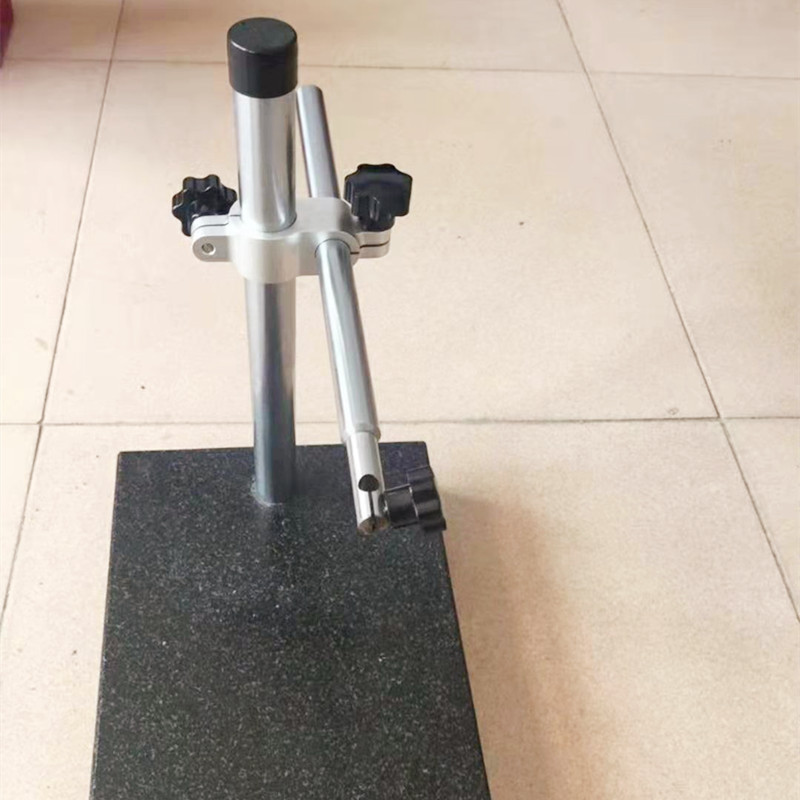нов . 06, 2024 11:02 Back to list
Optimal Solutions for Reducing Equipment Vibration with Specialized Pads
The Importance of Equipment Vibration Pads in Industrial Settings
In today's fast-paced industrial environment, maintaining equipment efficiency and reliability is paramount. One often-overlooked yet crucial component in achieving this is the use of equipment vibration pads. These pads play a significant role in reducing noise, minimizing wear and tear, and enhancing the overall performance of machinery. This article delves into the various aspects of equipment vibration pads, exploring their benefits, types, applications, and maintenance.
Understanding Vibration and Its Impact
Every piece of machinery generates vibrations during operation. These vibrations can be caused by factors such as imbalances, misalignments, and even external forces. While some vibration is normal, excessive or uncontrolled vibrations can lead to a range of issues, including equipment failure, increased maintenance costs, and employee discomfort. Vibration pads are designed to absorb and dampen these vibrations, thereby protecting both the equipment and the operating environment.
Benefits of Vibration Pads
1. Reduction of Wear and Tear By minimizing the vibration transmitted to machinery, vibration pads help to extend the lifespan of equipment. This reduction in movement can significantly decrease mechanical wear, resulting in lower replacement and repair costs.
2. Improved Performance Equipment operating under optimal conditions tends to perform better. Vibration pads can help maintain these conditions by minimizing resonance, a phenomenon that can amplify damaging vibrations and lead to inefficiencies.
3. Noise Reduction Excessive vibrations often lead to increased noise levels. Vibration pads help dampen these vibrations, resulting in a quieter working environment. This is particularly important in settings where noise regulations must be adhered to, such as hospitals or residential areas near industrial sites.
4. Enhanced Safety Equipment that vibrates excessively can become a safety hazard. For instance, loose parts can fall off, creating risks for nearby workers. By stabilizing machinery, vibration pads contribute to a safer workplace.
5. Energy Efficiency Excessive vibrations can lead to energy losses due to inefficiencies within the machinery. Using vibration pads can help ensure that machines operate within their optimal vibration thresholds, leading to energy savings and improved sustainability.
Types of Vibration Pads
equipment vibration pads

Vibration pads come in various materials and designs, each suited to specific types of equipment and operational scenarios. Common materials include rubber, neoprene, and cork, each offering unique properties in terms of durability and vibration absorption.
1. Rubber Pads Known for their durability and excellent vibration-dampening characteristics, rubber pads are often used in heavy machinery applications. They can withstand harsh conditions while providing effective isolation.
2. Neoprene Pads These pads are resistant to oil and chemicals, making them suitable for environments where such substances are present. They provide a balance between flexibility and stiffness, ensuring effective vibration control.
3. Cork Pads As a natural material, cork is an eco-friendly option that provides good shock absorption and sound-dampening qualities. These pads are often used in lighter equipment or in environments where aesthetics are a consideration.
Applications of Vibration Pads
Vibration pads are versatile and can be applied in a wide range of settings, including
- Manufacturing Plants To stabilize heavy machinery such as mills, presses, and lathes. - HVAC Systems To minimize noise and vibrations from air conditioning units and compressors. - Transportation In vehicles, vibration pads can improve comfort and reduce strain on components. - Electronics Sensitive equipment, such as servers and sensitive instruments, benefits from vibration isolation to ensure accuracy and longevity.
Maintenance Considerations
To maximize the effectiveness of vibration pads, regular inspection and maintenance are essential. This includes checking for wear and tear, ensuring proper placement, and replacing pads that have degraded over time. Regular maintenance not only prolongs the life of the vibration pads themselves but also contributes to the overall health of the machinery.
Conclusion
In conclusion, equipment vibration pads are a critical aspect of industrial operations. Their ability to reduce noise and vibrations enhances the longevity and efficiency of machinery while also contributing to a safer and more pleasant working environment. By understanding the importance of these pads and selecting the appropriate type for specific applications, industries can significantly improve their operational reliability and effectiveness. Investing in quality vibration pads is not just a maintenance consideration; it is a step towards achieving operational excellence.
-
Right Angle Ruler Innovations in Measuring ToolsNewsJul.18,2025
-
Parallel Ruler Maintenance for Long-Term AccuracyNewsJul.18,2025
-
Magnetic V Block 4 Inch Cost Effectiveness AnalysisNewsJul.18,2025
-
Internal Thread Gauge Innovations for Faster InspectionNewsJul.18,2025
-
Ground Anchor Applications in Construction and LandscapingNewsJul.18,2025
-
Butterfly Valve Types StandardsNewsJul.18,2025
Related PRODUCTS









